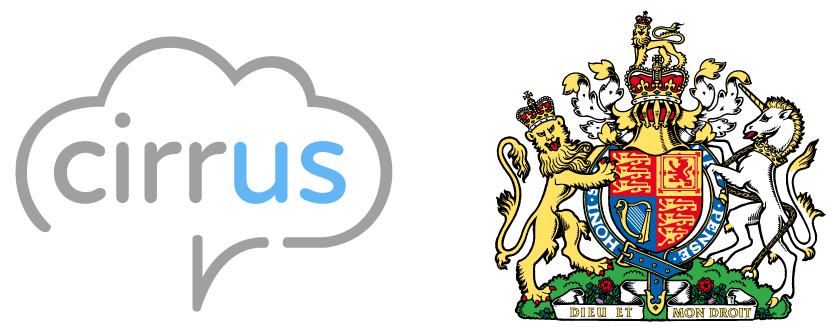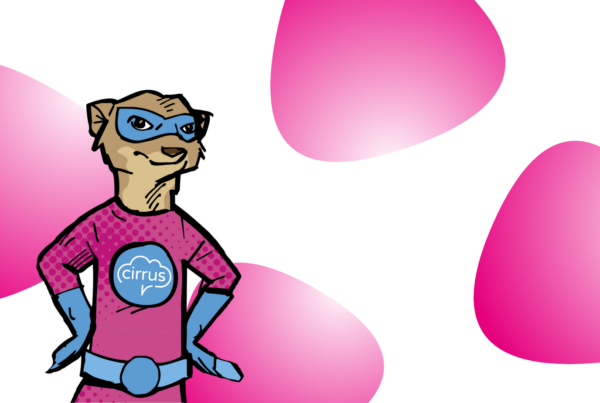The world of contact centres is undergoing a seismic shift, reminiscent of a revolution. It’s not about flashy technology alone; it’s about harnessing the power of AI to enhance the human touch in customer service. As the workforce evolves beyond traditional confines, driven by automation and AI, our approach to customer interaction and workforce optimisation must adapt swiftly and smartly.
The Changing Workforce Landscape
Let’s set the scene. Gone are the days of dreary, repetitive tasks dominating the contact centre environment. Now, AI swoops in to handle the grunt work, leaving humans free to tackle more complex, creative challenges. This shift isn’t just about making jobs easier; it’s about making them more meaningful.
The contemporary workforce is breaking free from the conventional constraints of brick-and-mortar offices, increasingly characterised by remote work arrangements and the gig economy. AI-driven tools facilitate this seamless global connectivity, pushing organisations to rethink traditional resource allocation models. In fact, 81% of enterprise organisations have established an internal generative AI team with at least 10 members, according to a GBK Collective study.
In contact centres, AI comes to the rescue by handling routine inquiries, allowing human agents to focus on more complex and personalised customer interactions, thus enhancing overall service quality. Companies need to effectively distribute human and technological resources, whilst safeguarding the well-being of employees, many of whom now work remotely or as independent contractors. This shift demands creative strategies to support both the physical and mental health of the workforce.
The Rise of Artificial Intelligence in the Workplace
AI’s role in the workplace is transformative, automating mundane tasks and providing insights that propel data-driven decisions. For instance, AI’s prowess in analysing vast quantities of data quickly can personalise educational content for students or enhance customer service through AI-driven chatbots, offering instant responses and personalised assistance, boosting customer satisfaction and loyalty.
The Synergy of Human-AI Collaboration
This collaboration is where true innovation happens. AI excels in data analysis and routine tasks, while humans bring creativity, empathy, and nuanced problem-solving to the table. For instance, AI can predict a customer’s needs based on previous interactions, and the human agent can use this information to provide personalised, empathetic service.
Together, they’re like fish and chips—a perfect match.
Real-World Case Studies
Big brands have already jumped on this bandwagon, leading the charge with some impressive results:
- Amazon: By using its AI-powered Amazon Personalise recommendation engine to analyse shopping behaviours, Amazon offers personalised recommendations that feel almost clairvoyant. It’s like having a personal shopper who knows you better than you know yourself. Their product suggestions are finely tuned to individual preferences, greatly enhancing the likelihood that customers will stumble upon items that they find appealing – thus boosting customer engagement and revenue. It also optimises its workforce efficiency – AI takes on the heavy lifting of product recommendations, freeing up human employees to concentrate on other vital areas of the business.
- Netflix: Not to be outdone, Netflix uses its personalisation & search recommendation system to recommend shows and movies. It’s why you might find yourself binge-watching a series you’d never even considered before—it knows what you’ll love before you do. Netflix also uses AI to better understand what viewers like. This helps them decide what new shows and movies to make, ensuring they’re creating content that people really want to watch.
Ethical Considerations and Responsible AI Usage
As AI becomes ubiquitous, ethical considerations must be front and centre. Organisations must navigate issues of privacy, bias, and the potential for job displacement, ensuring AI’s use aligns with ethical standards that promote transparency, fairness, and accountability.
Challenges and Solutions
- Resistance to Change: Overcome through transparent communication and by illustrating AI’s role in enhancing job quality.
- Cybersecurity Threats: Addressed by robust security protocols and continuous vigilance.
- Upskilling Needs: Met through ongoing training and development, ensuring employees remain competitive in an AI-enhanced job market.
The Future of Work: Adapting to AI-powered Workforce Optimisation
The future of work will be shaped by AI’s ability to streamline processes and augment human capabilities. Upskilling becomes not just beneficial but essential as roles evolve and new skills are required. AI’s role in facilitating this transition will be crucial, offering personalised training and supporting employees as they adapt to new technologies.
Embracing Human-AI Synergy: A Bright Future for Workforce Optimisation
The collaboration between humans and AI is not just a passing trend; it’s a fundamental evolution in workforce optimisation. By embracing this synergy, contact centres can not only achieve higher efficiency and productivity but also ensure that customer service experiences are more satisfying and human-centric. The key to success lies in maintaining an ethical approach to AI use and being proactive in addressing the challenges that come with technological advancements.
This approach isn’t just about staying relevant; it’s about setting a new standard in customer service—one where technology enhances human interaction rather than replaces it. Let’s not just adapt to the future; let’s define it, ensuring that AI and humans work together not just cohesively but synergistically, transforming challenges into opportunities for growth and innovation in customer service.




